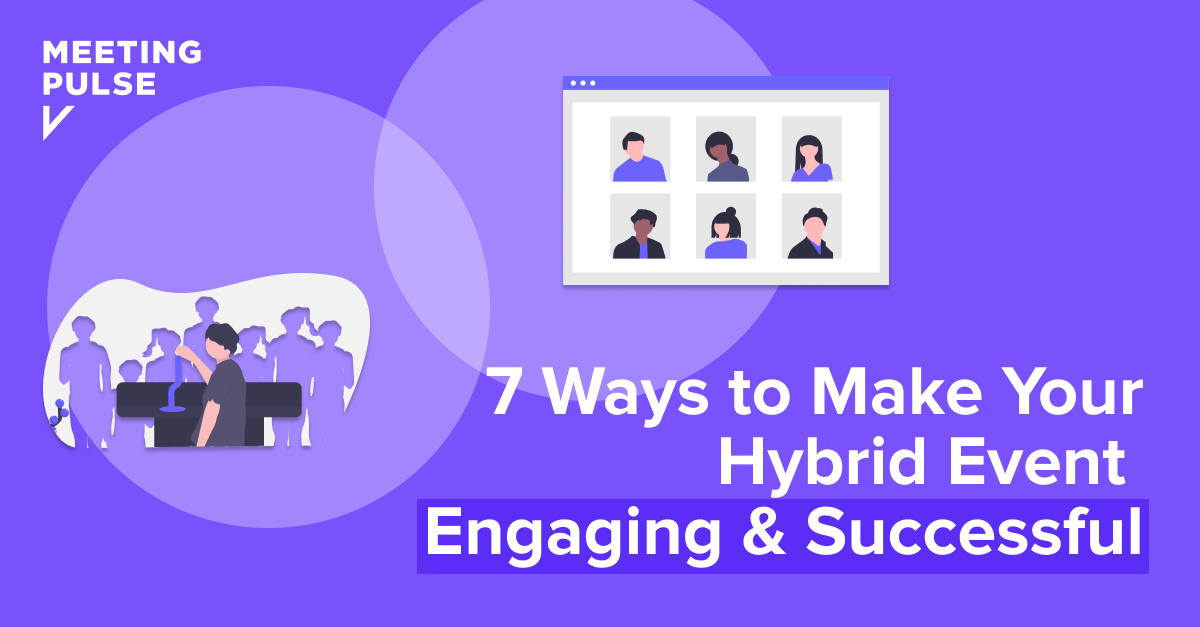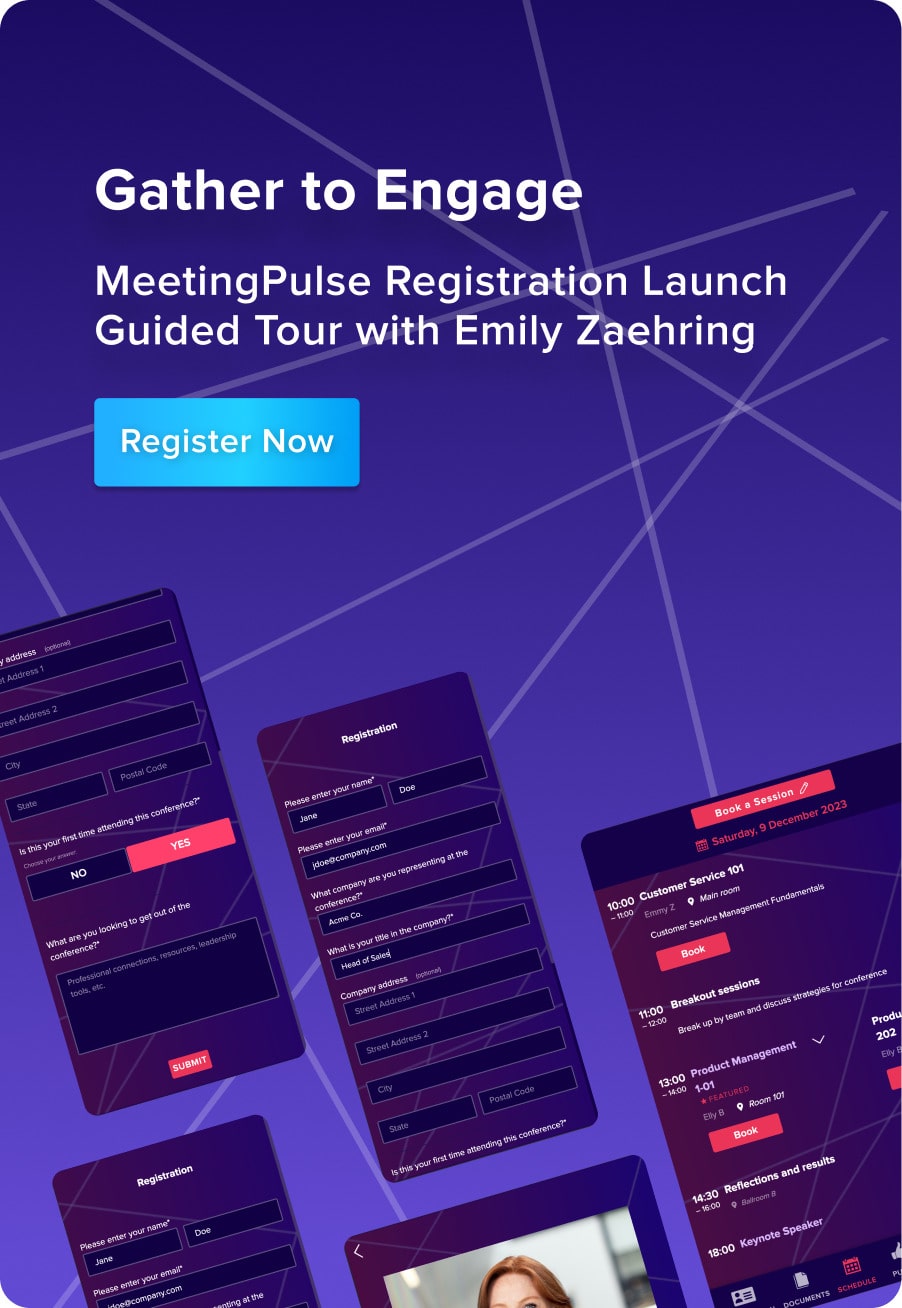Starting later this year, hybrid events are set to play a huge part in the future of the events industry. Today we’re seeing primarily virtual formats, and while there are benefits, the magic of in-person events remains challenging to recreate online.
A hybrid event combines an in-person event with a virtual event. All the keynote speeches, panel discussions, Q&A sessions, and more, that make up an in-person event are simultaneously streamed to a live online audience. There might be special sections tailored to each audience — for example after-hours cocktails for in-person attendees, or an online-only content track for virtual participants.
By combining the best of both worlds, hybrid events promise a lot of benefits to event facilitators. It’s possible to have those special in-person experiences that we’ve all come to miss while simultaneously leveraging technologies to create virtual experiences that reach a broader audience.
Many event organizers are new to hybrid event planning, so it’s good to take a look at best practices to help host a successful hybrid event. At MeetingPulse, we’ve been helping companies engage both in-person and virtual audiences for years now. We recently put our heads together and came up with our top seven strategies to ensure your hybrid event is a success.
#1 Make Your Event Easy to Attend
An in-person event is an opportunity to connect with your primary audience, your most important customers and partners. Follow established rules of event planning to make attendance easy for this group: a location with good travel links, dates that aren’t close to any major holidays, and an exciting venue that inspires attendees.
For the digital element of your event, making the event easy to attend is equally important. The event should be easily accessible online, without the need to download any additional software. Create a simple sign up process, and consider lowering the cost to attend for virtual guests. Keep the overall focus on making it easy to attend online, and remember to use security protocols like secure logon and identity verification to protect your event from unnecessary disruption.
#2 Use a Variety of Formats
As with any event, it’s important to vary the format throughout the course of your program to ensure your attendees remain engaged and involved. Too many back-to-back presentations can be tiring. Both in-person and virtual attendees will thank you for keeping presentations brief and breaking up the day with variety.
Make a particular effort to engage with your virtual audience with formats tailored towards a strong virtual experience. Remote attendees are likely to click away from your event rapidly if distracted, bored, or having technical issues. Virtual attendees must have access to high-quality video streaming, reliable sound, and the ability to participate.
Be intentional in choosing formats that work for both in-person and virtual attendees, and think about slightly different programs for in-person and virtual attendees. Guests who have travelled to be at the event in-person will expect a full day of event programming, but for virtual attendees, a half-day is usually more than enough time — any longer and engagement metrics may suffer.
#3 Encourage Audience Participation and Engagement
Capturing and holding your audience’s attention is always a challenge — particularly virtual audiences. Keep your attendees stimulated by encouraging frequent audience participation.
Your event should include proven techniques like Q&A sessions with key speakers, but you can also push the boundaries and be creative. Alternative ways to encourage audience participation include fun elements like raffles and live audience quizzing with prizes. Bonus tip: use these to capture extra data on your attendees — email addresses, job titles, etc.
Bring your in-person and virtual attendees together by using a digital platform as your primary medium for audience participation. One solution is MeetingPulse, which makes it easy to engage audiences through live polls, real-time Q&A, and brainstorming tools.
#4 Connect In-Person and Virtual Attendees
Part of the magic of in-person events is networking — those serendipitous new connections attendees form throughout the course of your event. It is challenging to recreate this virtually, but it is definitely possible to elevate your hybrid event by creating ways for in-person and virtual attendees to build relationships.
Strategies to build these connections might include breakout sessions hosted over video conferencing, or a digital-first technology hub that brings all attendees together on one platform and enables them to connect with people that they find interesting.
#5 Keep Up the Pace
Your hybrid event should be lively and fast-paced. Virtual attendees in particular have a shorter attention span, and are more easily distracted, so it’s important you do everything you can to catch and hold on to their attention. Work to ensure you have smooth transitions, and focus on high-energy, engaging presenters with the ability to bring topics to life.
Keep each segment of the event to a maximum of 20-30 minutes and cover a variety of different topics. Also, be sure to give virtual attendees frequent coffee and meal breaks, the same as you would for in-person attendees.
#6 Measure the Success of Your Event and Improve Each Time
Your first hybrid event might not go perfectly, but every event offers a valuable learning opportunity. Use event technology to monitor key metrics to understand the success of your event. Track participant activity, and look at the broader picture by pulling together summary reports of audience numbers, engagement metrics, and survey results.
Leverage these insights to make your next hybrid event even better and create an experience that delivers what your attendees want. Maybe you noticed a panel discussion resulted in a drop-off in the engagement, but an interactive Q&A brought engagement back up again. Use these insights to modify the format of your next event to be more engaging.
MeetingPulse offers event facilitators a wide range of analytics and reports. Send out surveys during the event, take the pulse of your audience in real-time, and generate reports after the event that make it easy for you to conduct your own analysis.
#7 Prepare for the Unexpected
If 2020 taught us anything, it’s to always be prepared for the unexpected. It’s likely that events in 2021 will have different attendance patterns than events you hosted pre-COVID. Regions are reopening at different paces, and everyone has different levels of comfort when it comes to traveling and interacting with others.
Manage expectations accordingly, and be prepared for any curve balls that come your way. Have a back-up plan that enables you to shift a hybrid event to a fully virtual event, or to move the in-person portion of the event to a new location. Fortunately, planning your event as a hybrid event gives you much more flexibility if you need to pivot to a fully virtual event.
Final Thoughts on Hosting a Successful Hybrid Event
Hybrid events will continue to be a focus for event facilitators, and it’s our view that their prevalence will continue to grow in the next few years.
Hosting hybrid events unlocks access to new audiences of potential customers and partners, and offers businesses a more sustainable way to reach new stakeholders. Truly differentiated, memorable hybrid events are made possible by strategic decision making, thoughtful use of technology, and an interactive, fast-paced structure. Take these tips, put your own spin on them, and launch your hybrid event strategy today — you’ll love the results!
If you enjoyed this article, please follow us on Facebook, Twitter, and LinkedIn.

















